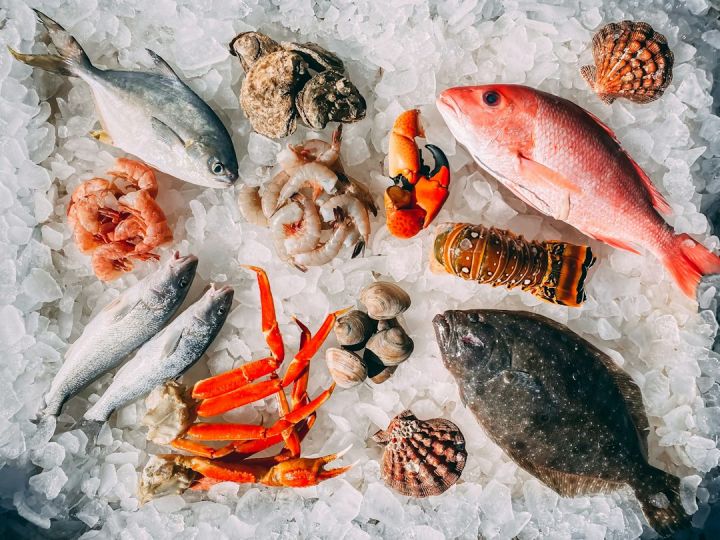How to Shop for Seafood Like a Pro?
Seafood is not only delicious but also packed with essential nutrients. However, buying seafood can be a daunting task, especially if you are not familiar with the different types of fish and shellfish available. To help you navigate the seafood section like a pro, here are some tips to keep in mind.
Understanding Seafood Labels
When shopping for seafood, it’s important to pay attention to the labels. Look for labels that indicate the origin of the seafood, whether it is wild-caught or farm-raised, and if it has been sustainably sourced. This information can give you valuable insights into the quality and environmental impact of the seafood you are buying.
Selecting Fresh Seafood
Freshness is key when it comes to seafood. To ensure that you are buying the freshest seafood available, follow these guidelines:
1. Look for Clear Eyes: When buying whole fish, check the eyes. They should be clear and not cloudy, which is a sign of freshness.
2. Firm Flesh: The flesh of the fish should be firm to the touch. Avoid fish that feels mushy or leaves an indentation when pressed.
3. Smell Check: Fresh seafood should have a clean, briny smell, similar to the ocean. Avoid seafood that has a strong, fishy odor, as it may be past its prime.
4. Check the Gills: If you are buying whole fish, take a peek at the gills. They should be bright red or pink, indicating freshness. Dull or brownish gills are a sign of older fish.
Choosing Sustainable Options
Sustainable seafood practices are crucial for the health of our oceans and marine life. When shopping for seafood, look for options that have been certified by reputable organizations such as the Marine Stewardship Council (MSC) or the Aquaculture Stewardship Council (ASC). These certifications ensure that the seafood has been sourced in an environmentally responsible manner.
Frozen Seafood: A Convenient Option
While fresh seafood is ideal, frozen seafood can be just as delicious and convenient. Freezing seafood helps to lock in its freshness and flavor. When buying frozen seafood, look for products that have been individually quick-frozen (IQF), as this ensures that the seafood remains separate and does not clump together.
Seafood Seasonality
Just like fruits and vegetables, seafood also has its peak seasons. Understanding the seasonality of different types of seafood can help you make informed choices. For example, certain types of fish are more abundant during specific months, ensuring better quality and lower prices. Research the seasonality of your favorite seafood and plan your purchases accordingly.
Ask the Experts
Don’t be afraid to ask questions when shopping for seafood. Fishmongers and seafood experts are often more than happy to share their knowledge and help you make the best choices. Whether you need advice on cooking methods or recommendations for pairing seafood with different flavors, their expertise can be a valuable resource.
In Conclusion
Shopping for seafood doesn’t have to be intimidating. By understanding seafood labels, selecting fresh options, choosing sustainable seafood, considering frozen options, being aware of seasonality, and asking for expert advice, you can shop for seafood like a pro. Enjoy the variety and flavors seafood has to offer while making environmentally conscious choices. Happy seafood shopping!






